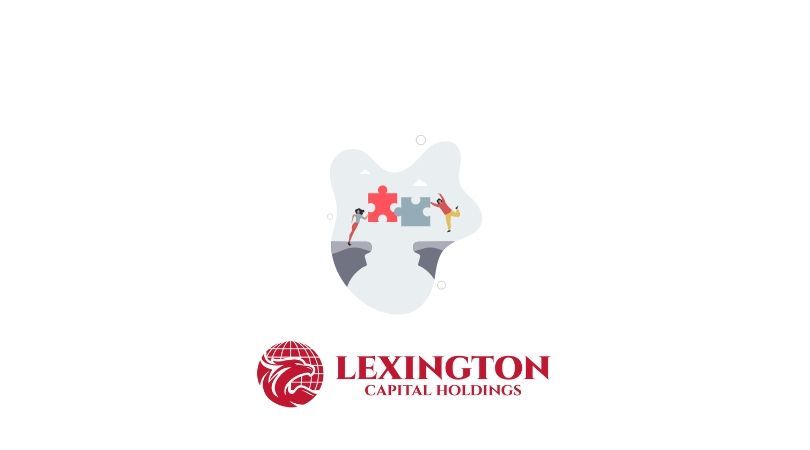How Does a Merchant Cash Advance Work?
How Does a Merchant Cash Advance Work?
In today's dynamic business environment, securing the right financing at the right time can make all the difference between growth and stagnation. For many small to medium-sized businesses, especially those with fluctuating revenue, traditional loans may not always be the ideal solution. This is where a Merchant Cash Advance (MCA) comes into play—a financing option that offers flexibility and rapid access to capital. At Lexington Capital Holdings, we are committed to helping businesses navigate their financing options, including understanding how MCAs work and how they can be a powerful tool for growth.
What is a Merchant Cash Advance?
A Merchant Cash Advance is not a loan but a cash advance based on your business’s future credit card sales or revenue. It is a popular financing option for businesses that need quick access to working capital but may not qualify for traditional bank loans due to less-than-perfect credit or a lack of collateral.
How Does an MCA Work?
The process of obtaining a Merchant Cash Advance through Lexington Capital Holdings is straightforward:
Application Process: The first step is to apply for an MCA. At Lexington Capital Holdings, we simplify this process by requiring minimal documentation. Typically, you'll need to provide proof of your business’s monthly credit card or overall sales.
Approval and Offer: Once your application is reviewed, we’ll assess your sales history and other relevant factors to determine the advance amount. Unlike traditional loans that focus heavily on credit scores, MCAs emphasize your business's cash flow. This makes it easier for businesses with inconsistent revenue streams to secure funding.
Funding: After approval, the funds are typically deposited into your business account within a few days. This quick turnaround is one of the main benefits of an MCA, as it allows you to address immediate financial needs or invest in growth opportunities without delay.
Repayment: Repayment is where MCAs differ significantly from traditional loans. Instead of fixed monthly payments, a percentage of your daily or weekly credit card sales or bank deposits is automatically deducted until the advance is repaid. This means your payments fluctuate with your sales—if business is slow, your payments decrease, and if business is booming, you pay off the advance faster.
The Benefits of a Merchant Cash Advance
Flexibility: One of the most appealing aspects of an MCA is the repayment structure. Since payments are tied to your sales, there's no pressure to make large payments during slow periods.
No Collateral Required: MCAs are unsecured, meaning you don’t need to put up any personal or business assets as collateral. This reduces the risk for you as a business owner.
Quick Access to Capital: Traditional loans can take weeks or even months to process, but with an MCA, you can receive funds within a matter of days. This rapid access to capital can be crucial for businesses facing unexpected expenses or opportunities.
Credit-Friendly: Because MCAs are based on sales performance rather than credit history, they are accessible to a broader range of businesses, including those with lower credit scores.
Considerations Before Opting for an MCA
While MCAs offer many advantages, it’s important to consider the costs involved. Merchant Cash Advances typically come with higher fees compared to traditional loans. The cost is often represented as a factor rate, which is applied to the advance amount and can lead to significant repayment amounts over time.
Additionally, because repayments are based on sales, businesses need to ensure that their cash flow is sufficient to manage the daily or weekly deductions without straining their operations.
Why Choose Lexington Capital Holdings?
At Lexington Capital Holdings, we understand that every business has unique financial needs. Our team is dedicated to providing personalized financing solutions that align with your goals and cash flow. We work closely with you to ensure that a Merchant Cash Advance, or any other financing option, is tailored to help your business thrive.
With our deep industry expertise and commitment to client success, Lexington Capital Holdings stands out as a trusted partner for businesses seeking flexible and accessible financing solutions. Whether you’re looking to expand, manage seasonal fluctuations, or cover unexpected costs, we’re here to support your journey to success.
Final Thoughts
A Merchant Cash Advance can be an effective financing tool for businesses needing quick and flexible access to capital. By understanding how MCAs work and partnering with a reputable company like Lexington Capital Holdings, you can make informed decisions that support your business’s long-term growth and stability.
Whether you’re new to MCAs or exploring your financing options, Lexington Capital Holdings is here to guide you every step of the way.

When you apply for business funding, your application goes through a critical stage—underwriting. This is where lenders evaluate risk and determine whether your business qualifies for financing, and under what terms. Understanding what underwriters look for can help you strengthen your application, avoid delays, and increase your approval odds.

Not every business enjoys a steady stream of income. For many companies—especially those in seasonal industries, contracting, or project-based work—revenue can shift dramatically from month to month. These ups and downs are normal, but they can make managing cash flow, payroll, and operating expenses challenging. At Lexington Capital Holdings, we understand that fluctuating revenue doesn’t mean instability—it just means you need the right financial tools to stay balanced and grow confidently.

The Challenge of Hyper-Growth For many startups, growth isn’t the problem—it’s managing it. Rapid scaling demands capital for hiring, marketing, technology, and operations. But too often, founders find themselves cash-strapped right when they need resources the most. Choosing the right financing strategy can be the difference between sustainable growth and burning out too soon.

When it comes to business financing, the terms you secure are just as important as the funding itself. Lower interest rates, flexible repayment schedules, and higher approval amounts can mean the difference between simply surviving and setting your business up to thrive. The good news? Business owners often have more negotiating power than they realize. At Lexington Capital Holdings, we’ve seen firsthand how preparation and strategy can help secure stronger terms. Here’s how you can do the same:

For many businesses, waiting on customer payments can feel like standing still when you’re ready to move forward. Delayed invoices, extended payment terms, or slow collections create cash flow gaps that make it harder to cover expenses, pay employees, or seize new opportunities. The truth is—even successful, profitable companies face this challenge. The key isn’t avoiding it, but managing it strategically with the right funding solutions

Securing business funding is a milestone—but the real impact comes from how you put that capital to work. Every dollar borrowed should fuel momentum, strengthen operations, and generate measurable returns. Unfortunately, too many businesses stop at “getting approved” and miss the chance to maximize their return on investment (ROI). At Lexington Capital Holdings, we believe funding isn’t just about access to capital—it’s about creating opportunity. Here’s how to ensure your financing delivers the highest ROI:

In today’s fast-paced business environment, standing out from the competition requires more than just great products and services—it takes strategy, timing, and smart financial decisions. One of the most overlooked tools in building and maintaining a competitive advantage is business financing. When leveraged correctly, financing doesn’t just help you “get by”; it can actually position your business to outpace competitors and capture new opportunities.

In business, surprises aren’t a matter of if—they’re a matter of when. Whether it’s a sudden equipment breakdown, an unexpected dip in sales, or a market shift that requires quick adaptation, unforeseen expenses can test even the most successful companies. The difference between thriving and struggling often comes down to how well you’ve prepared.

When most business owners hear the word debt, it sparks feelings of stress or risk. But here’s the truth—debt isn’t always a bad thing. In fact, when managed strategically, debt can become one of the most powerful tools to grow, stabilize, and scale your business. At Lexington Capital Holdings, we work with business owners every day who are navigating this very question: Is taking on debt the right move for me? Let’s break down the difference between “good” and “bad” debt so you can make informed financial decisions.

In today’s business world, financing options are everywhere—but choosing the right path can feel overwhelming. From traditional bank loans to alternative lending solutions, the fine print and fast-changing requirements often leave business owners spending more time deciphering funding terms than actually running their businesses. That’s where the value of a dedicated funding advisor truly shines. At Lexington Capital Holdings, we’ve seen firsthand how personalized guidance can transform the funding experience for business owners of all sizes.

